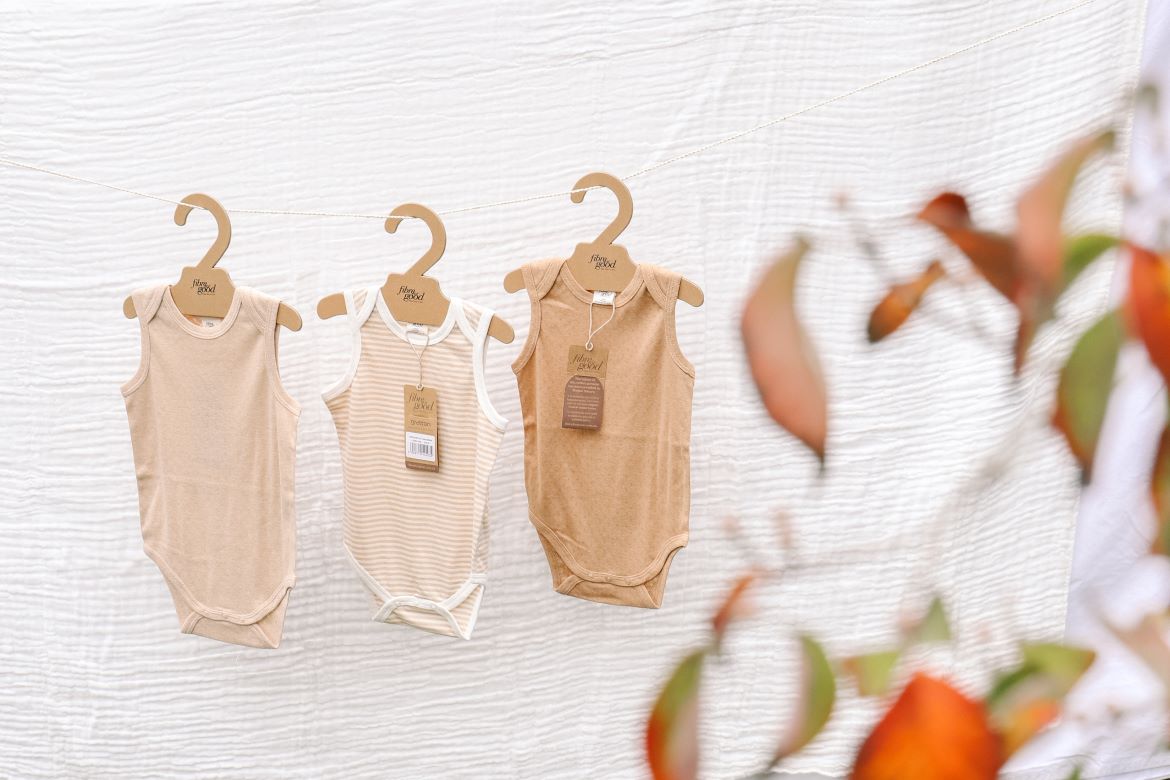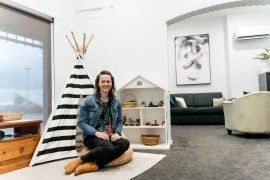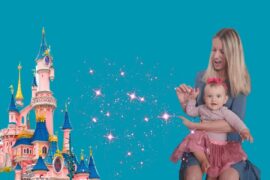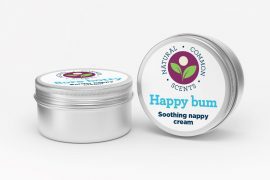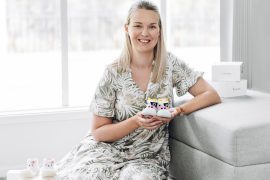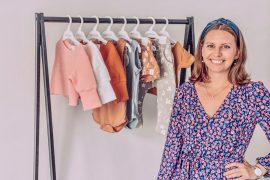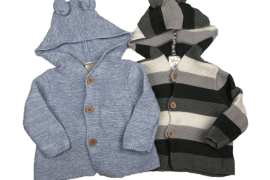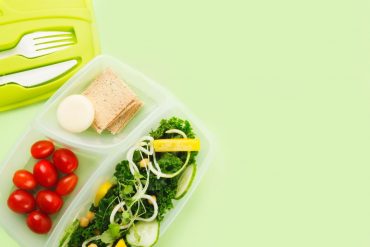Carl Ludwig and long-time friend Fiona Su established Fibre for Good in 2018 to address the environmental ravages they saw routinely taking place around the world – all in the name of affordable fashion. They had a shared passion to deliver quality organic products in the most responsible and environmentally sustainable way. They set out to create a more sustainable model using Organic Natural Colour Cotton (ONCC). Growing in three naturally occurring colours and using up to 90% less water than commercially produced cotton, it doesn’t need bleaching or dyeing, and doesn’t require chemicals to be added to make the fabric colourfast. Their cotton is hand-picked and grown from non-modified seeds, descended from plants thousands of years old. Here Carl shares his thoughts on the fast fashion industry, and his desire that more consumers will endorse products with responsible supply chains, in the hope of striking a sustainable, ethical balance between process and profit.
Tell us about the background of Fibre for Good. How did you come up with the idea and why is the concept so important to you?
Having worked in the apparel industry for 3 decades and seen first-hand the trail of toxic waste fast fashion was causing to our environment, I started looking for ways to eliminate chemicals from the supply chain. During my research, we discovered that ONE T-shirt required 2700 liters of water when using conventionally grown cotton. By choosing organically grown cotton, there is up to a 90% water saving because regenerative farming only relies on natural rainfall.
Fibre For Good was established when we discovered an heirloom cotton seed that dated back 5,000 years to indigenous people of South America. This heirloom variety is drought and pest resistant. It grows naturally in three earth tones (natural white, brown and green). We knew that we could create a brand that was authentically natural and organic, and we would not greenwash our customers into believing that it was anything different. We work directly with artisan farmers who do the ginning, so they remain the owners of the heirloom seeds. They grow ONCC (organic natural colour cotton) using regenerative farming methods, which locks in the moisture and avoids CO2 emissions. We then do the spinning, knitting, cutting and sewing with no dyeing or wet processing, which requires less energy and provides a safer working environment for all involved across in the supply chain.
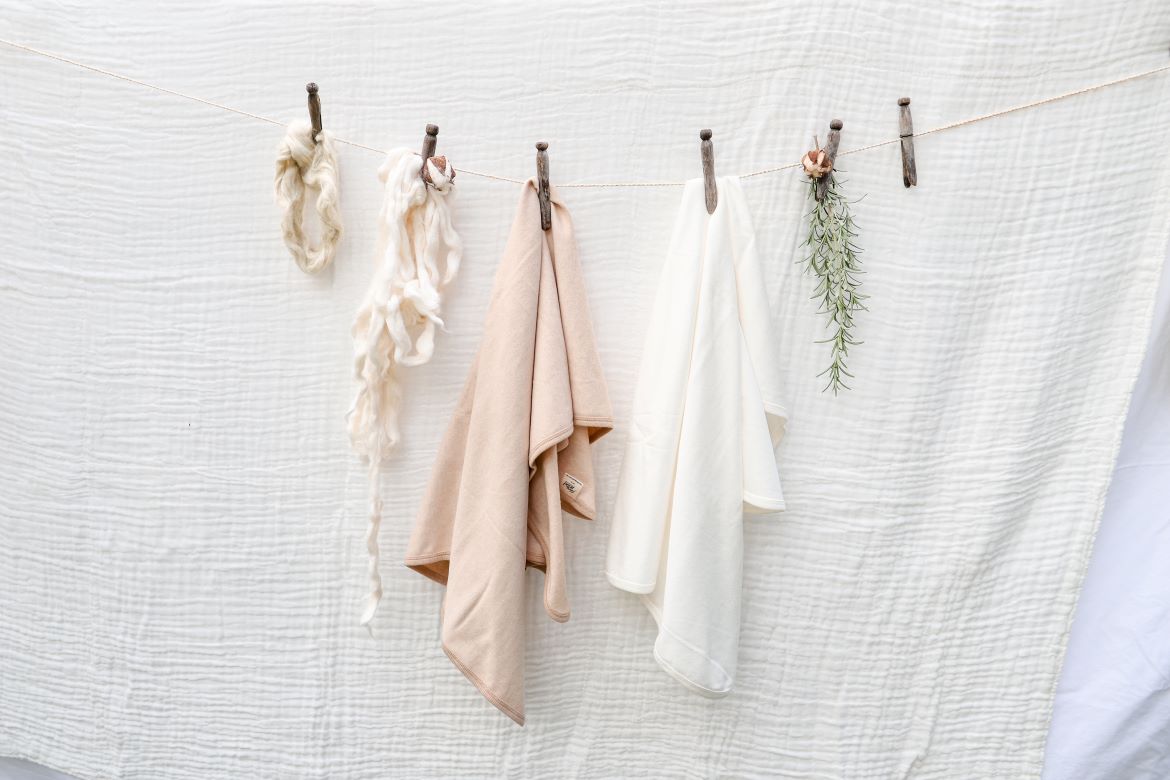
Having launched your business three months prior to a global pandemic, how did you get through that time, and how has the business grown since then?
This was a huge challenge for the brand’s initial momentum as we were being supported by smaller retailers and attending many organic markets to tell our story to like-minded customers. Our customers have found that the feel and softness of our quality products, combined with our story, have proved compelling.
We looked to different markets to help with sales, and have also found a distributor in Germany. We haven’t been too concerned as to the longevity of our business, as we knew that we were on to something special. We knew how important it was to help change the way in which the industry produces clothing.
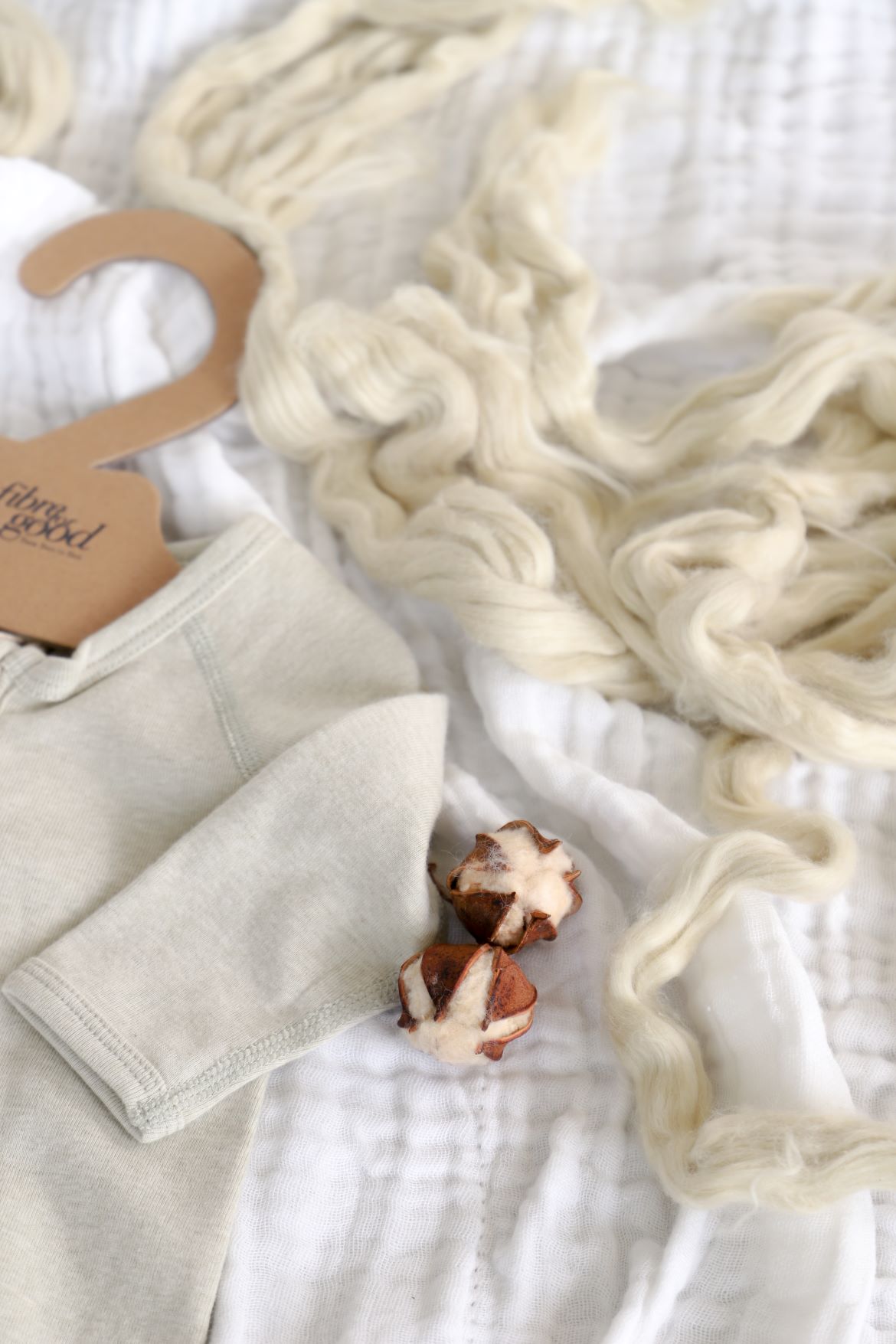
With lessening the environmental impact of fast fashion being a big driver behind your business, do you think the message is getting out there for parents to be more environmentally responsible?
We still have a long way to go in terms of educating the market. It’s all been too easy for too long, especially living in a first world country were everything is accessible at the click of a button, and nothing is questioned.
Our industry is a very complex one and there are many different components to the end products that are displayed in many high street stores. Our biggest concern is greenwashing* . For example, the word organic can be used very loosely. Many companies’ garments are certified ‘organic’ only because the cotton is grown using regenerative farming methods before starting a toxic journey where a garment is exposed to forms of bleaching and the use of low impact dyes – which really mean synthetic dyes, which never biodegrade and will remain in our environment forever.
Addressing Fast fashion is a massive challenge. Fast fashion is based on enticing people to buy things that they don’t necessary need. I’d class it as a form of addiction and it is a tool for retailers to drive more and more sales. This imposes a lot more issues like landfill, wasted resources and the use of chemicals.
*Greenwashing can be defined as the misleading act of companies, industries, governments, organisations and individuals claiming that products, services and practices are environmentally friendly when they are not.

